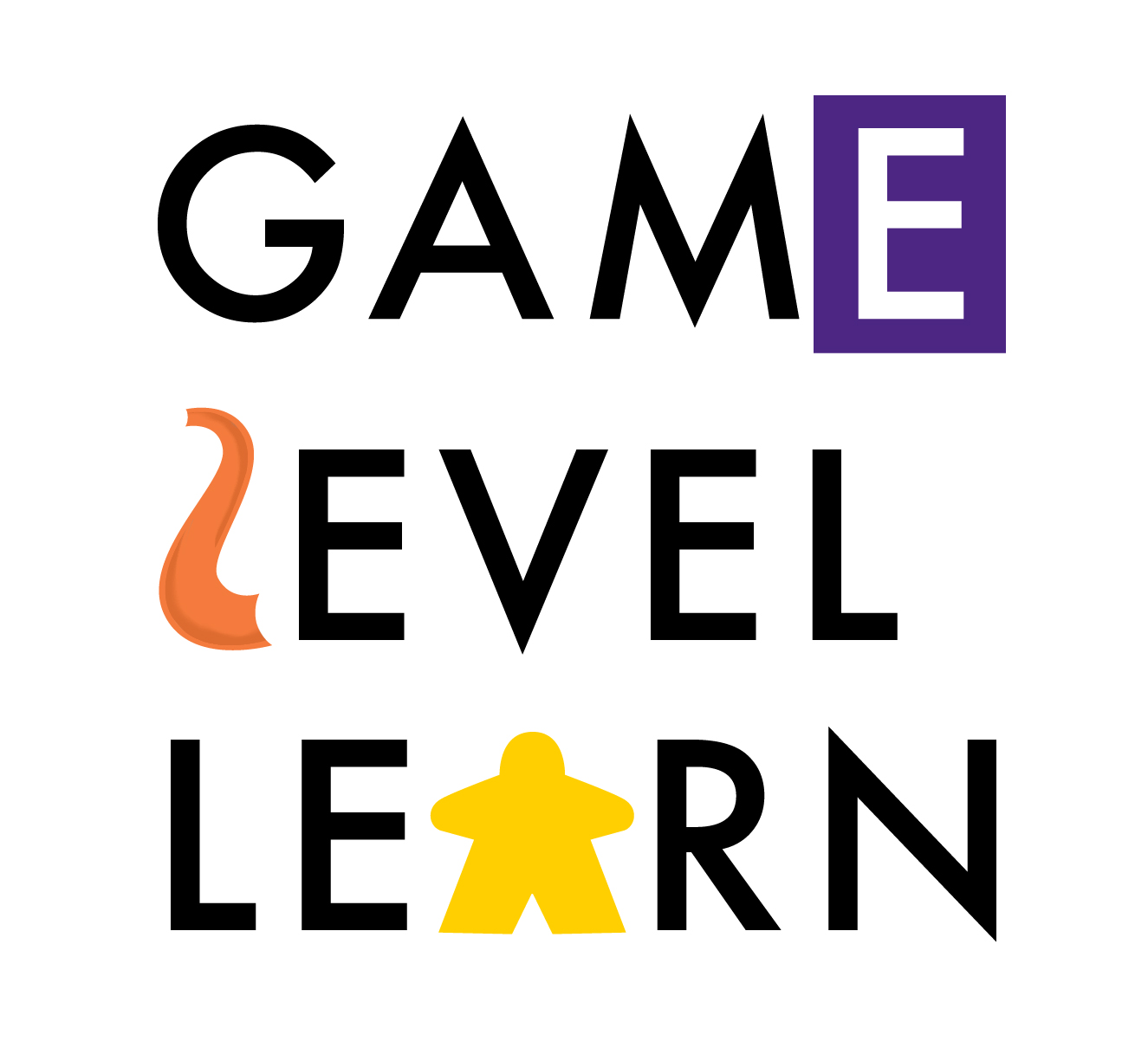51 Mechanics: Area Movement
/85,000 games, even now, there are just 51 mechanics. Since every mechanic offers something to the teacher who wants to use games in the classroom, I'm going to use this section of Game Level Learn and my own contributions to it to assess games from each of these 51 mechanics. Next up?
The “Area Movement” mechanic is a kind of specialized movement mechanic in which the board is divided into a variety of spaces which don’t necessarily have the same shape or conventional connectivity. What’s important in this mechanic is that the areas have some kind of connectivity. A cursory review of the most popular Area Movement games on BGG strongly implies a connection between heavier games and this mechanic. Perhaps because it is so, well, “old-fashioned?” Or perhaps “classic” might be the better way to put it. Definitive examples of the old-school version of this mechanic would be games like Axis & Allies and Risk. Some of the 5 games that follow, I hope, are on the more accessible side of the mechanic.
1775: Rebellion (BGG Rank: 220)
Like it’s sister game 1812, 1775: Rebellion is a straightforward war game simulation of an episode in early American history. Also like its sister game, 1775 can be learned by folks who’ve really never done wargaming and be won by them. Simple mechanics, really well written rules and attention to detail…all good!
Britannia (BGG Rank: 479)
Quite possibly my favorite game of all time, Britannia is a simulation of the repeated invasions of Great Britain from the Romans through the Norman Conquest in 1066. In Britannia, each player is responsible for playing an assortment of different invading (and then occupying) nations. At any given time, the player might be responsible for three, four or (if they’re skillful) even more powers all vying for control of the island and the territory that, historically, belonged to them when they were at the height of their powers on the island. Flawlessly balanced, intriguing, historically compelling, long and at times too long, Britannia is, nevertheless, a game you must try if you have an interest in its topic.
King of New York (BGG Rank: 328)
Among the most accessible games anywhere, in King of New York, like its sister King of Tokyo, you are playing a kaiju (think Godzilla) trying to take over New York. This version of the game incorporates today’s mechanic (unlike its sister game). Easy fun and learnable by a six-year-old.
Kingmaker (BGG Rank: 1584)
Another game set in Great Britain, this one, from the 1970s, reflects its now 40-year-old design. Beset with a myriad of problems (an end condition so tenuous it sometimes can’t be reached…a map whose coordinates don’t coordinate with the cards referencing the map), it remains nevertheless a nearly perfect game representing this mechanic. Because the land of the board is divided in ways that simulate the way the land in the country was divided at the time, there are places where the board subdivisions are very small and others where they are quite large. Understanding how the map is organized goes a long way towards victory. Find an older player who’s got some experience to teach you this one.
Terror In Meeple City (BGG Rank: 549)
A ridiculously fun and over-the-top tabletop rendition of the old videogame Rampage (this game’s original name…which, seeing as it no longer has this name, suggests that the videogame publisher was asserting itself). Gameplay involves you moving a monster through the city crushing buildings, consuming meeples and generally raising hell and mayhem. What’s not to like!
BGG's next mechanic, the Area-Impulse mechanic, is an esoteric version of Area Movement. Because there are a limited number of accessible games featuring the mechanic, I'm going to skip it and move on to Auction/Bidding...one of my favorites.
Cover image from: [https://boardgamegeek.com/image/1962526/terror-meeple-city?size=original]


